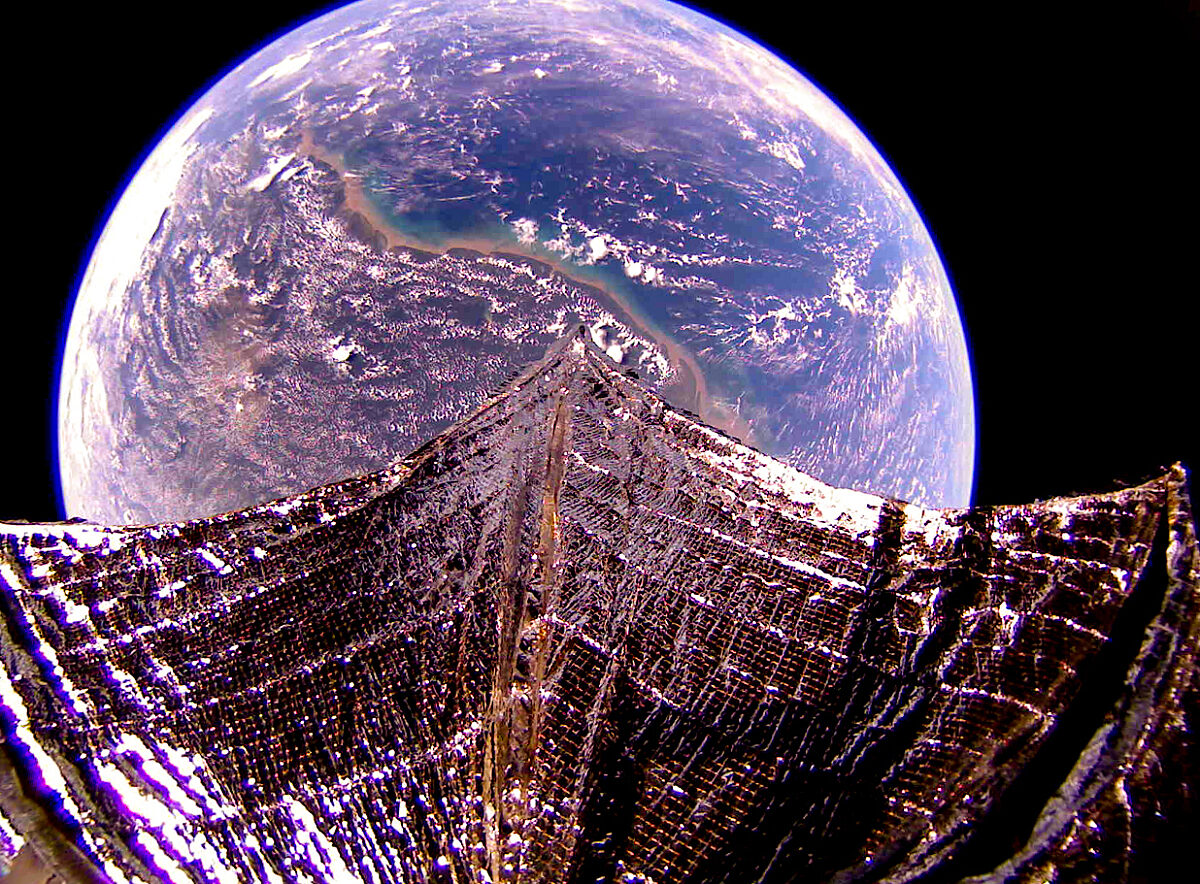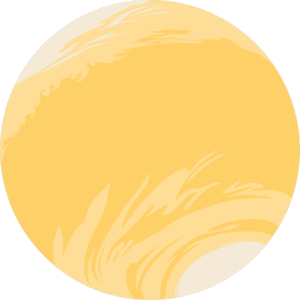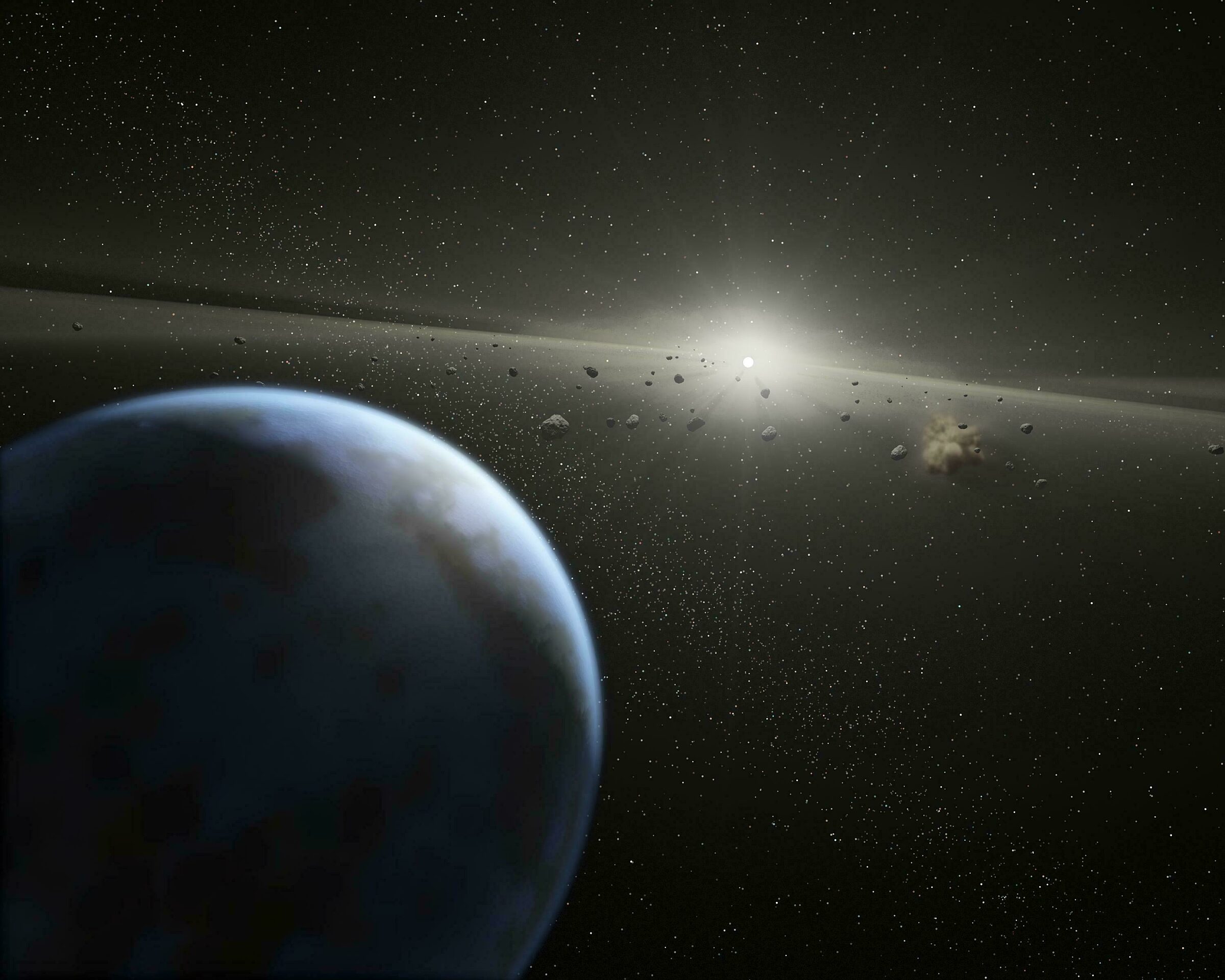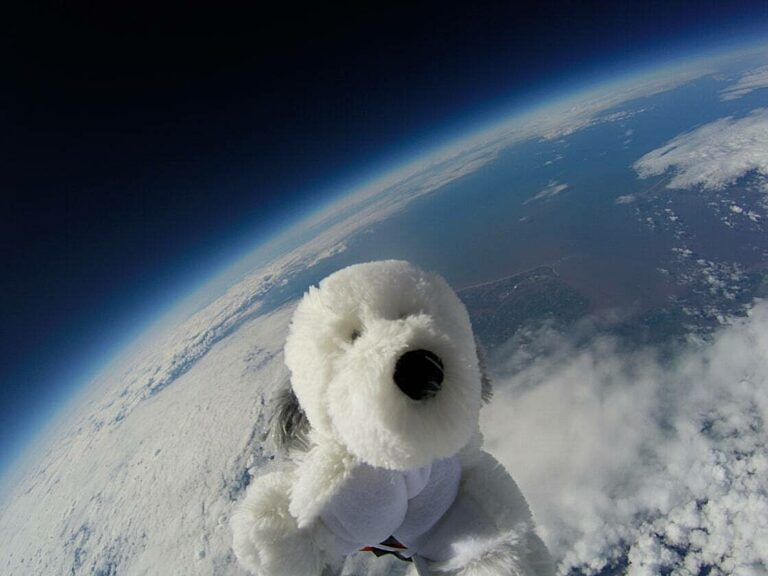The Downlink • Jun 25, 2021
Unlikely Space Travelers
Space Snapshot

Time flies when you’re sailing on sunlight! Today marks the second anniversary of the launch of LightSail 2, The Planetary Society’s crowdfunded solar sailing mission. Two years on, the spacecraft is still in orbit teaching us about solar sailing and sending back stunning images of Earth like this one, which shows French Guiana, Suriname, Guyana, and the Atlantic Ocean. Image credit: The Planetary Society.
You love space, now take action
This weekly newsletter is your toolkit to learn more about space, share information with your friends and family, and take direct action to support exploration. Anyone can subscribe at planetary.org/connect to receive it as a weekly email.
Mission Briefings


Baby squid have blasted off into space — for science. It might sound like science fiction, but in early June, a SpaceX cargo resupply mission ferried dozens of bobtail squid (the species pictured here) to the International Space Station. The tiny cephalopods are part of a research project that seeks to understand the effects of spaceflight on astronauts’ health since squid and human immune systems share some similarities. Image credit: Jamie S. Foster/NASA.

Despite efforts to get it back up and running, Hubble still appears to be down. The space telescope’s payload computer had an issue earlier this month that NASA has been trying to identify and resolve. The agency is currently running tests to find the source of the problem amid questions about Hubble’s future. The telescope has been operational for more than 30 years.

An enormous comet is set to make an unexpected cameo in our solar system. Data from the Dark Energy Survey suggests that over the next decade, an ice and rock chunk called 2014 UN271 will head toward our Sun, coming potentially as close to it as Saturn. It’s unclear just how big 2014 UN271 is, but this Kuiper Belt Object could be about 200 kilometers wide (about 125 miles). That’s one big dirty snowball.

Venus may have crustal blocks that move like pack ice. Though the planet lacks plate tectonics like Earth, new research published in PNAS suggests its surface is not a fixed monolith. Researchers used computer modeling to show that Venus’ interior is linked to the movement of various crustal pieces that make up the planet’s lithosphere, furthering the idea that Venus is geologically active.
From The Planetary Society


We’ve looked at clouds from both sides now… From up (orbital spacecraft) and down (rovers on the surface). Joni Mitchell reference aside, Martian clouds are fascinating and beautiful — like these iridescent ones imaged by NASA’s Curiosity rover. Space Science Institute planetary scientist Mark Lemmon joins this week’s Planetary Radio to talk about the clouds of Mars and other worlds. With so many atmospheres yet to be studied, we really don’t know clouds at all… Image credit: NASA/JPL-Caltech/MSSS.
What's Up

Low in the west shortly after sunset you can see super-bright Venus, with dimmer, reddish Mars higher in the sky. Jupiter and Saturn rise around midnight, with Mercury rising closer to dawn. Learn more at planetary.org/night-sky.
Join us for Asteroid Day!

June 30 is Asteroid Day, an international celebration of our solar system’s small — and sometimes dangerous — rocky worlds. Head to asteroidday.org starting at 12:00 p.m. ET (16:00 UTC) for fun educational content aimed at all ages, including a special video series brought to you by Asteroid Day and The Planetary Society about some of the most famous asteroids out there. Image credit: NASA/JPL-Caltech.
Wow of the Week

Squid and mice aren’t the only adorable animals to venture into space. In 2016 the students of Morecambe Bay Community Primary School in Lancashire, England, launched Sam the stuffed dog into the stratosphere with a helium balloon. The toy-turned-astronaut rose about 25 kilometers (15.5 miles) above Earth’s surface, capturing the voyage on a GoPro camera. Image credit: Morecambe Bay Community Primary School with English Lakes Hotels.


 Explore Worlds
Explore Worlds Find Life
Find Life Defend Earth
Defend Earth


